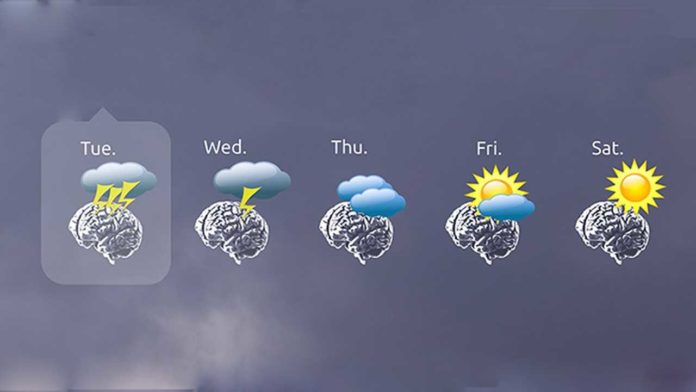The onset of seizures is unpredictable and has been the subject of fruitless research. The unpredictable nature of the disease means patients are forced to take medication and adjust their lifestyles.
Thanks to neuroscientists from the University of Geneva (UNIGE) and the University Hospital of Bern (Inselspital) – working with the University of California in San Francisco (UCSF) and Brown University in Providence for developing a technique that predicts seizures between one and several days in advance.
Recording neuronal activity over at any rate a half year using a gadget embedded directly in the brain is conceivable to detect individual cycles of epileptic activity and give data about the likelihood of a future seizure.
Timothée Proix, a researcher in the Department of Fundamental Neurosciences in UNIGE’s Faculty of Medicine, said, “Specialists worldwide have been trying for over 50 years to predict seizures a few minutes in advance, but with limited success. Seizures do not appear to be preceded by any obvious warning signs that would make prediction easier. The frequency, depending on the individual, varies from once a year to once a day.”
Maxime Baud, a neurologist at Inselspital, said, “It’s a huge problem for patients. This unpredictability is associated with a permanent threat that obliges patients to take medication daily. And in many cases, it prevents them from participating in certain sports. Living with this hanging over, you can also affect your mental health.”
“Existing treatments are often difficult to bear: they depend on drugs with numerous potential side effects to reduce neuronal excitability and sometimes involve neurosurgery to remove the epileptic focus, i.e., the starting point of the brain seizures. Moreover, a quarter of patients do not respond to these treatments, meaning they have to learn to manage the chronicity of their disease.”
To measure epileptic activity, electroencephalography records cerebral electrical activity data, that then used to identify interictal discharges – evanescent discharges that appear in between seizures without directly causing them.
Dr. Baud said, “We observe clinically that epileptic seizures recur in clusters and cyclically. To ascertain whether the interictal discharges can explain these cycles and forecast the onset of a seizure, we analyzed the data in greater detail.”
To do this, scientists obtained neuronal activity data collected over several years using devices implanted long-term in the brains of patients with epilepsy.
At first, they ensured that there were indeed cycles of cerebral epileptic activity. They then focused on statistical analysis to shed light on a phenomenon known as the ‘pro-ictal state’, where the probability of the onset of a seizure is high.
Dr. Baud said, “As with weather disturbances, there are several time scales in epileptic brain activity. The weather is influenced by the cycle of the seasons or day and night. On an intermediate scale, when a weather front approaches, the probability that it will rain increases for several days and is, therefore, better predictable. These three scales of cyclic regulation also exist for epilepsy.”
Brain’s electrical activity reflects the cellular activity of its neurons, more precisely their action potentials. Action potentials are well known to neuroscientists, and their probability can be modeled using mathematical laws.
Dr. Proix said, “We adapted these mathematical models to the epileptic discharges to find out whether they heralded or inhibited a seizure. To boost the predictive reliability, recordings of brain activity over very long periods were required. Using this approach, fronts with a high probability of seizure lasting several days could be determined for most patients, making it possible to predict seizures several days in advance in some. With brain activity data collected over periods of at least six months, seizure prediction is informative for two-thirds of patients.”
The analytical approach is sufficient to transmit data in real-time on a server or directly on a microprocessor with a device small enough to be implanted in the skull.
Scientists are now developing a minimally invasive brain monitoring device to record the long-term data needed to forecast seizures. The device, which slips under the skin of the scalp, could give people with epilepsy the power to plan their lives according to the likelihood of having a seizure.
This approach, published in the journal Lancet Neurology, is remarkably reliable, and prospective clinical trials are now in the pipeline.
